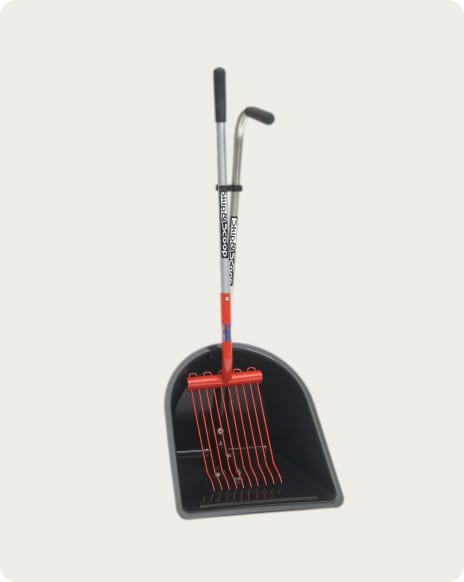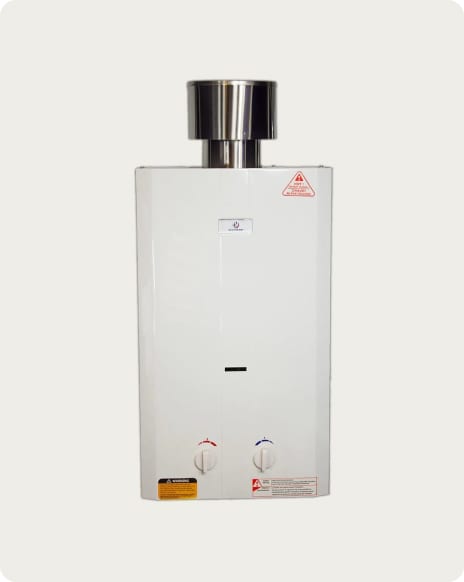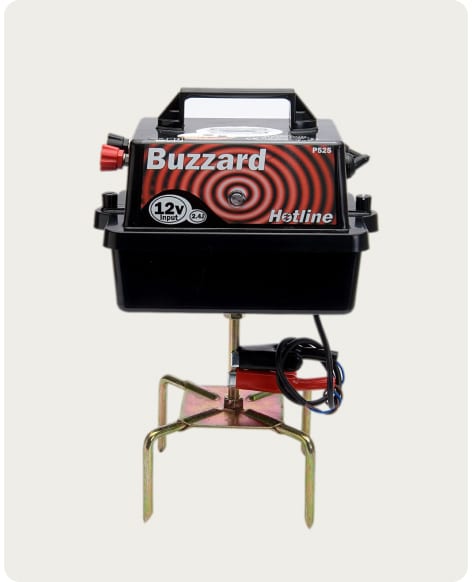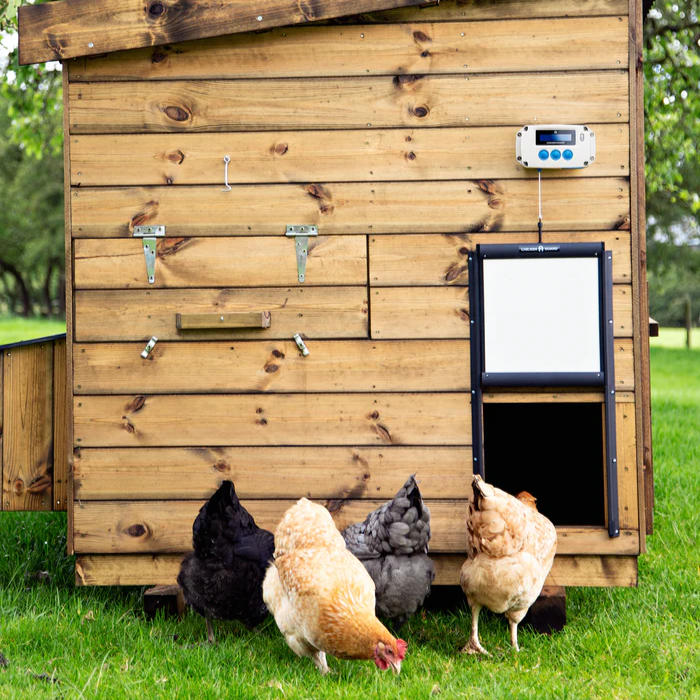You don’t have to wonder too long what this nifty contraption is all about, as its name gives it away: an electric fence tester, whether it’s in the form of a fault finder, a meter, or an indicator, tests for a charge running through your fence (or any fence). If you invest in a fancier version, this piece of equipment lets you know - down to the very last volt - exactly what that voltage is.
As with all things to do with electric fencing, Hotline Electric Fencing is the best brand to invest in when it comes to testers, and we are proud to be their supplier. And remember, when you buy from us online, you receive the added bonus of free delivery to anywhere in mainland UK - how’s that for an electric deal?
How to Choose the Best Electric Fence Tester?
Testing out your electric fencing is not only important to ensure that you have a perimeter that will hold your livestock, but also to ensure that you’re getting the best output possible on your mains, battery, or solar setup.
Types
There are several kinds of testers on the market, and Hotline itself manufactures enough variations to make choosing just one a-less-than-simple task.Let’s break it down by what your needs are: if you just want to know that your fence is functional, a simple keychain or handheld tester that indicates if the fence is live will be enough. An indicator is a great option for those who want the peace of mind a continuous flash - indicating electricity - along the fence brings.
For those colossal fence structures protecting herds of equines and cattle, we recommend investing in a meter that’ll inform you of the exact voltage your fence is operating at.
Digital Testers
An electric fence tester is a general term that covers pieces of equipment designed to indicate if a fence is live or not. They include indicators and meters, but at their most basic level, these handy tools give you a yes or no answer to your question, “Is my fence working?” without you having to use your hands!Various testers provide those answers in different ways - some include brights LED lights that light up, while others are auditory - but whatever you settle on, you’ll rest assured that your fence is running!
Indicators
A voltage indicator commonly attaches to an electric fence with the purpose of continuously indicating that it’s operating effectively.
One of our favourites is a monitor that stops flashing when the current is not functioning at an effective level -- but if you’re looking for an alternative style of indicator, Hotline also manufactures a nifty lamp that flashes with each pulse of the fence and a keychain beeper for those that prefer to rely on their auditory senses.
Meters
A meter goes beyond the ‘on’ or ‘off’ reading that more basic testers offer and promises even more than suggesting the general range of voltage that more intermediate testers provide. This is a piece of equipment that gives you the precise voltage, up to ten thousand volts, that your fence is streaming! The Hotline P36 Digital Volt Meter is self-earthing and perfect for those with vast fields that they need to monitor.
Electric Fence Voltage
Now that you’re as informed as can be about what electric fence testers are and how they operate, you may be wondering what an appropriate current strength is for your electric fence. If you purchase a precise meter, what good will it do if you don’t have a reference point for the voltage it accurately displays?
In brief: anything less than 2,000 volts may not be effective for farm animals, and a 10,000-volt output is an upper limit of what international regulations permit. However, a voltage above 5,000 is usually unnecessary - goats, llamas, and sheep require up to 5,000 due to their thick coats, but even larger animals like cattle and horses only require a voltage between 2,000 - 3,000 to stay deterred from using one of those fence posts as a back scratch.
In any case and with any voltage, it’s always a good idea to put a warning sign near a live fence and rely on your trusty testers to stay current on what the voltage is!
















